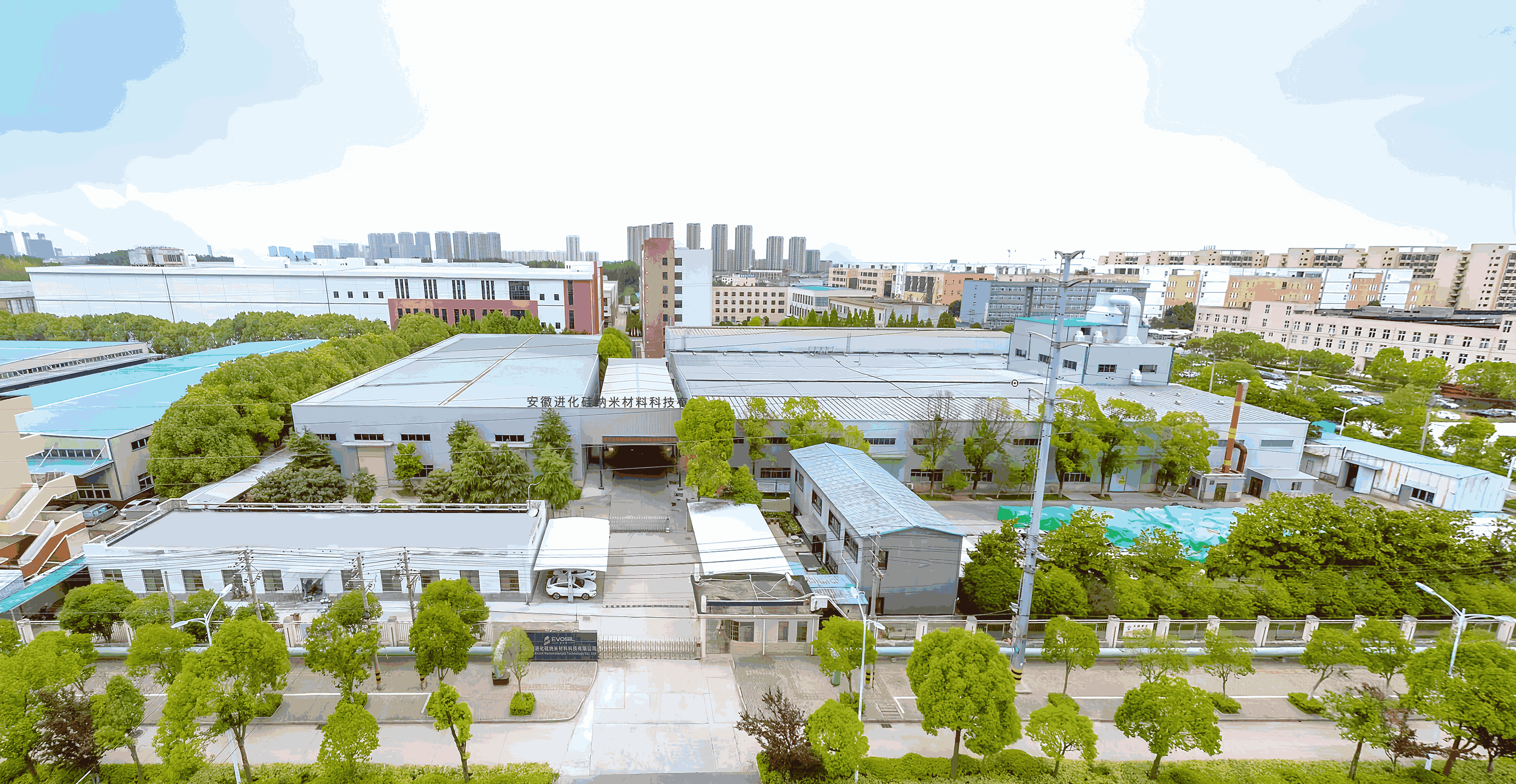News
From agricultural waste to high-tech materials, the perfect fusion of environmental protection and performance.
20 Sep,2024

Bio-based silica, as an innovative material, is attracting widespread attention due to its unique advantages. Compared to traditional silica, it is more environmentally friendly and sustainable. The production of traditional silica usually relies on mineral resources, while bio-based silica is extracted from biological sources such as plants and microorganisms.
In the rubber field, bio-based silica can serve as a reinforcing agent for rubber, significantly improving its strength, wear resistance, and aging resistance. Compared to traditional mineral reinforcing agents, bio-based silica has better dispersibility and compatibility, making rubber products more uniform and stable. At the same time, the green and environmentally friendly characteristics of bio-based silica also meet the rubber industry's requirements for sustainable development, helping to reduce environmental pollution during the rubber production process.
Anhui Evolutionary Silicon Nanomaterial Technology Co., Ltd. Research and development manufacturing EVOSIL®Bio-based silica is prepared using renewable resources such as rice husks and straw through a carbonization process.NSA series of bio-based silica (also known as bio-based white carbon black/Rice husk silica/Rice husk white carbon black) is a white, non-toxic, amorphous microbead material. It has excellent properties as an important inorganic silicon compound, including porosity, easy dispersion, light weight, good chemical stability, high-temperature resistance, non-combustibility, and good electrical insulation.EVOSIL®Bio-based silica, as a rubber reinforcing agent, is widely used in rubber products such as automotive tires, shoe soles, adhesive tapes, rubber sheets, rubber hoses, hot water bags, rubber rollers, and wear-resistant miscellaneous parts.

The bio-based silica developed and produced by our company is not just a material, but a commitment to our customers and the future.进化硅Always driven by innovation, with a mission for environmental protection, and quality as the cornerstone, we are committed to developing and producing the highest quality bio-based silica.,Striving to provide customers with excellent performance and environmentally friendly product solutions.

Related News
Rice husk white carbon black: Opportunities and Innovations from Rice By-products


